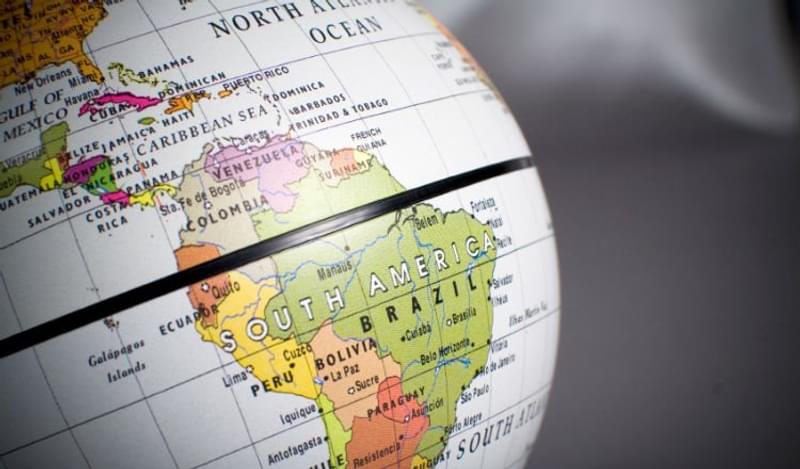Although previously a bright spot amongst EMs, Mexico has proved very susceptible to external factors, particularly in relation to events occurring in the US, and is now being viewed with more caution.
“The cautious approach to Mexico has come firstly from lower than expected growth combined with uncertainty over the US presidential election and how these factors will affect the country’s exporters that are linked to the US economy,” said Alfredo Mordezki, head of LatAm fixed income at Santander Asset Management.
The Mexican economy shrank 0.3% on quarter in the three months to June according to Trading Economics.
Despite the recent economic contraction, second quarter results came in at 0.8%, growth figures from Trading Economics show. Furthermore, many Mexican exporters are still performing well.
“Going forward however the market will question whether such results are sustainable or not in the current environment.”
There are also fears over consumption in Mexico, which alongside exports are a large driver for growth across the country.
The underperformance of the peso and threat of rising inflation, which could lead to a deceleration in consumption levels, are being closely watched by the markets according to Mordezki. An increase in interest rates could also harm consumption.
Although remittances from the US are still at a healthy level, any fall in the figure may also harm the Mexican consumer, which would in turn negatively impact the economy.
Despite the concerns however, Mexico remains an attractive destination for foreign investors.
In Brazil, the largest economy in LatAm, the rise in commodity prices has significantly aided the popularity of debt from companies connected to the sector, but internal political changes have also played a significant role in attracting investors.
Brazilian miner Vale’s US$1bn 10-year bond, issued today and carrying a coupon of 6.25% demonstrates that despite a recession and political concerns, there is still demand for Brazilian assets amongst investors.
Reuters reported that demand for the company’s bond reached US$3bn.
“The demand for Vale’s bond is about 40% due to an improving outlook on Brazilian debt as a result of interim President Michel Temer’s policies, and about 60% on the back of higher iron ore prices, which is the most important factor at the end of the day for Vale,” Mordezki stated.
He added that although higher than expected iron ore prices have assisted in the popularity of the bond, the political stability that the interim government has demonstrated is a necessary precondition, and has helped attract investors to Brazilian debt.
The spot price of iron ore on July 31 was US$57 per dry metric ton.
One country in LatAm that has no shortage of demand for its debt is Argentina. According to a note from Fitch Ratings, the Province of Chaco is planning a US dollar-denominated bond that could be up to US$250mn in size.
Although there have been a number of issuances from the country’s provinces, such as Chubut, Cordoba and Buenos Aires, Mordezki noted that there is also a lot of appetite for debt from the Argentine corporate market.
“The market will start to distinguish which issuers have sound finances and which are financing their current expenditures with debt, which is not the best policy to attract credit investors.”
“We could begin to see differences in performance according to credit fundamentals, but I still see demand for true corporates”.
He added that the Argentine corporate sector was out of the market for a significant amount of time, which will have contributed to pent-up demand.
Outside of the three largest economies in LatAm, Peru can also offer appealing investment opportunities.
In a recent report, Fitch Ratings noted that there is likely to be a modest amount of debt issuance for refinancing purposes this year from the country’s corporate sector.
Mordezki noted that Peru was an interesting investment destination. “It has the political stability and its growth has been very good compared to the rest of the region.”
Figures from Trading Economics show that Peru’s GDP grew by 4.40% in Q1 2016 over the same period last year.
Although noting some exceptions, such as the pressured fishing sector, Mordezki noted that a new issuer in specific sectors would likely be well received by the investment community.









